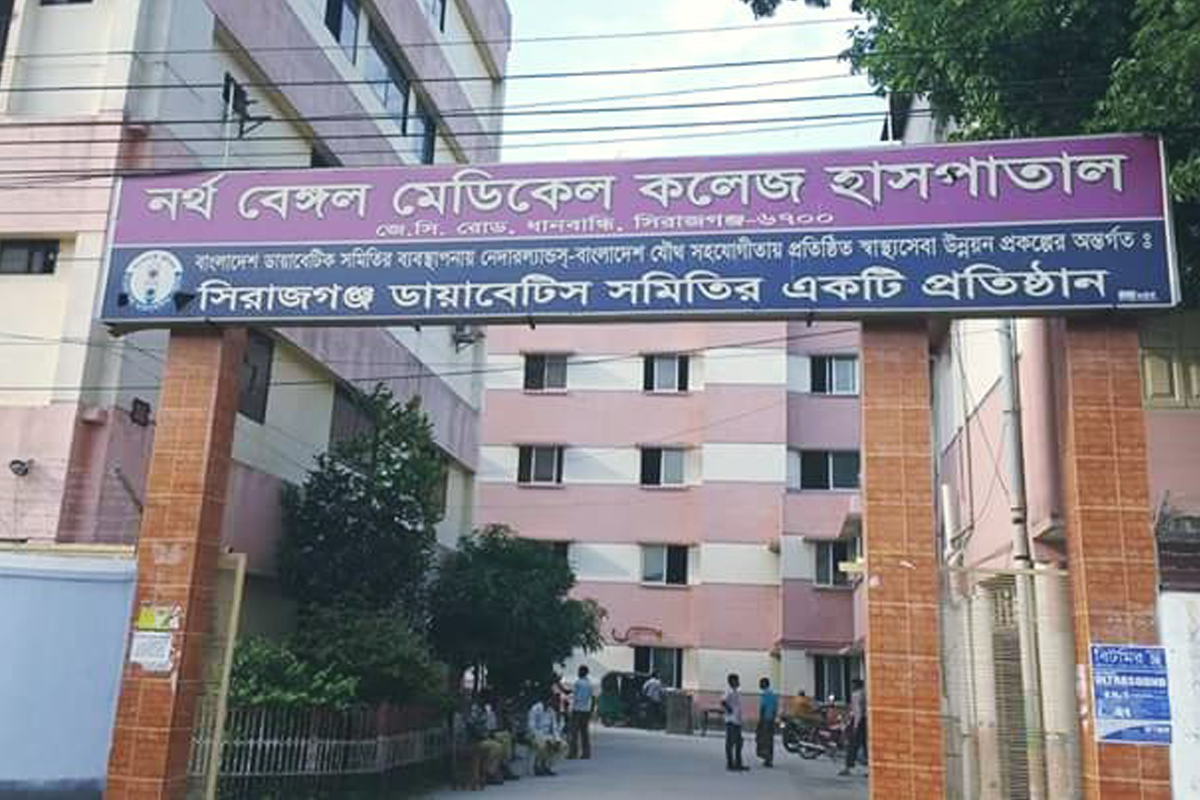North Bengal rings in 2025 with joy, devotion, and unity
Northern North Bengal welcomed the first day of the New Year 2025 with a unique blend of traditions, celebrations, and spirituality.
Several serious patients and their families are facing significant challenges in receiving timely treatment at North Bengal Medical College and Hospital (NBMC&H) due to an acute shortage of trolleys and wheelchairs.

North Bengal Medical College & Hospital(SNS file photo)
Several serious patients and their families are facing significant challenges in receiving timely treatment at North Bengal Medical College and Hospital (NBMC&H) due to an acute shortage of trolleys and wheelchairs.
For days, patients arriving from various districts of north Bengal have been grappling with this issue, struggling to secure essential mobility aids for their critically ill loved ones.
Advertisement
Reports indicate that patients and their relatives often have to wait for over three hours, in long queues, before obtaining a trolley, wheelchair, or stretcher. Despite discussions on the issue during meetings of the Patients’ Welfare Committee, the problem remains unresolved. While NBMC&H authorities have attempted to streamline the process by implementing a requisition system for mobility aids, the persistent shortage continues to disrupt patient care.
Advertisement
The lack of sufficient trolleys and wheelchairs is compounded by the scarcity of attendants to assist patients in moving between departments. Family members are frequently seen pushing trolleys themselves to ensure their loved ones receive timely treatment.
Medical superintendent cum vice principal Dr Sanjay Mallick elaborated on the situation, citing several underlying reasons for the ongoing crisis.
According to Dr Mallick, over 3,000 patients visit the OPD daily. If even 10 per cent require trolleys or wheelchairs, the hospital’s current inventory is insufficient to meet the demand.
Critically ill patients often require multiple tests such as X-rays, CT scans, or MRIs. This results in long queues for trolleys or wheelchairs, with each being occupied for extended periods —sometimes the entire day.
There is a shortage of staff to assist patients with mobility. In each ward, only two group D staff members are available. If 10 per cent of the 60 patients in a ward require transportation for tests or examinations, it becomes impossible to allocate sufficient staff for the task.
To address this gap, patients’ relatives are often compelled to step in, ferrying their loved ones themselves to ensure timely medical attention.
While the hospital administration acknowledges the challenges, immediate solutions remain elusive, leaving patients and their families in distress.
Advertisement